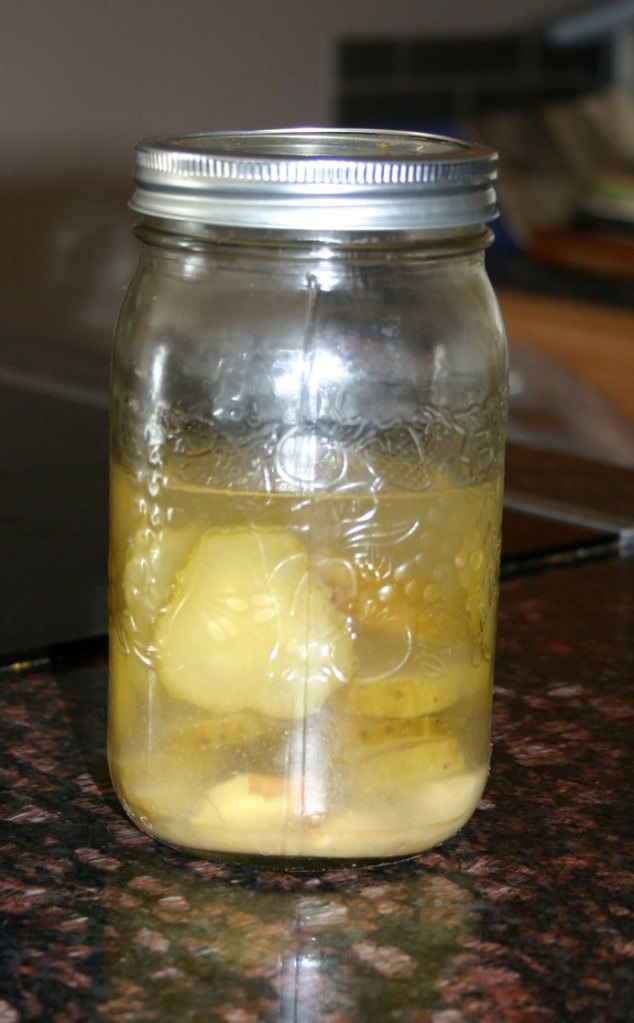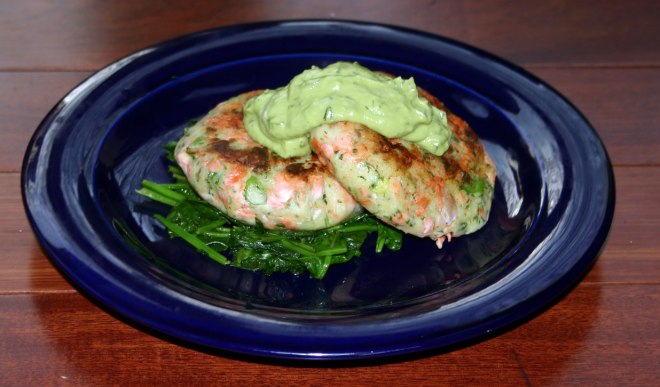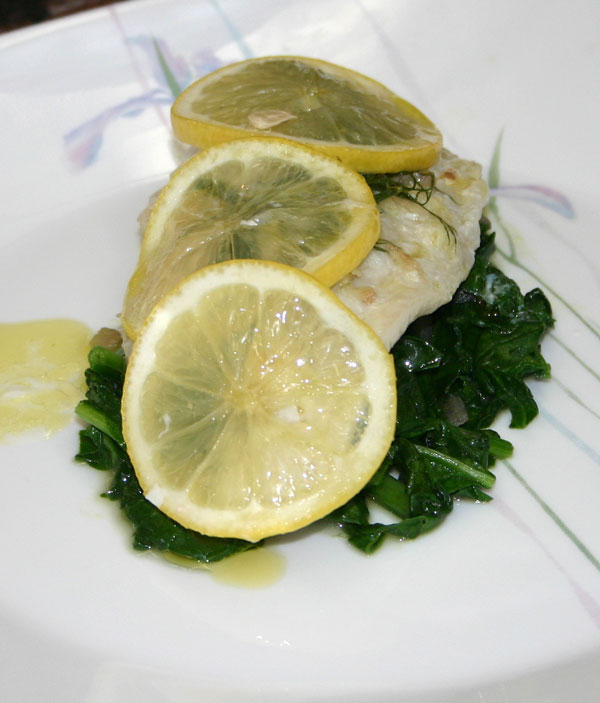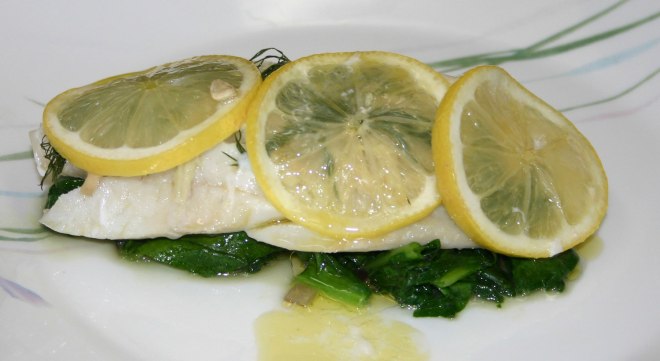I seem to have a real problem – I have become totally addicted to artichokes!

Artichokes are an edible variety of thistle. They are high in fiber, and are a good source of niacin, potassium, phosphorus, copper, vitamin C, vitamin K, folate and manganese. They have a large number of health benefits – they are very high in fiber, and contain more antioxidants than most fruits and vegetables. They are reputed to be able to prevent cancer and to be good for the heart. They can help to reduce blood pressure and can function as a liver tonic. These are just a few of this amazing vegetables benefits – they truly are a wonderful vegetable that everyone should be eating!
The first time you cook or eat one of these spiky looking vegetables, they can be very intimidating. How are you supposed to get down to the delicious tender heart. What do you do with all the spiky thorns that may be present on the ends of the leaves. How are you supposed to cook it? And more importantly, how are you supposed to eat it?
Don’t be afraid – once you know how, they are very easy to cook.
You can cook them in a steamer or an Instant Pot (which is what I did) I will give you full instructions on how to do this in the recipe below. It is very simple.
To eat them, you pull off a leaf, dip the base in a tasty dip – I used Bagna Cauda in this recipe, and then you scrape off the fleshy part of the base with your teeth, discarding the rest of the leaf. As you get closer and closer to the center, more of the leaf is edible. Once you get to the center, you will find the hairy “choke”. This part is not edible. Use a spoon to scrape it all off, and what you have left is the delicious choke. This can be cut up, dipped in the dip and eaten. You can eat the stem – it is a personal preference. It can taste a little bitter, so some prefer to trim it off. I like to keep it on my artichokes and nibble at it to see how bitter it is – it can also be very fibrous, so even if you leave it on, you may need to discard it anyway.
It always surprises me that you end up with a HUGE pile of leftovers after eating artichokes!
When selecting artichokes, try to buy ones that are tightly closed – if the leaves have started to open they are old and will not taste as good.
This gets messy fast – drippy, oily – expect it to drip on your clothes and your chin….. lots of napkins are recommended! Maybe even finger bowls if serving to “company”! There is no “dignified” way to eat artichokes!
This is a very hands-on, tactile, sense-driven way of eating – something that I absolutely LOVE!

Bagna Cauda is Italian in origin, and translates to mean “Hot Dip” or “Hot Bath” depending on which website you believe. It is a blend of Olive oil, butter, garlic and anchovies, that is served warm. Obviously, because it contains butter the original recipe for Bagna Cauda is not AIP unless you have successfully reintroduced butter – and given my anaphalactic dairy allergy, this is something that I will never be able to do. So I decided to come up with an AIP version of this deliciously savoury dip.
Don’t just keep Bagna Cauda for artichokes – it is delicious with all vegetables – dip steamed carrots, fennel, celery, asparagus and anything else you can think of into this warm, delicious and salty bath. Or drizzle it over a perfectly cooked, rare, sliced steak. Have fun with it and be adventurous.!
This recipe serves 2 as an appetizer or side dish, but I am a greedy piggie, and I ate it all to myself! You can share the bagna cauda from the same dish if you like or divide it between 2 separate small ramekins or dishes. It is also easily multiplied up to feed more than 2 people – in-fact, if you are feeding a crowd, with an instant pot this would make the simplest appetizer!
Artichokes with Bagna Cauda (AIP)
(serves 2 unless as greedy as me!)

Ingredients
For the Artichokes:
- 2 artichokes
- 2 cloves of garlic
- 1 bay leaf
- 1/4 of a lemon
- a lemon cut in half
For the Bagna Cauda:
- 1/4 cup Extra Virgin olive oil
- 1/4 cup AIP approved fat – I used bone-marrow fat for this recipe, but bacon fat would make a delicious substitute. You could also use a good quality coconut oil or home-rendered lard.
- 3 anchovy fillets (read ingredients to ensure they are preserved in an AIP approved oil if canned. If salted, rinse the excess salt off)
- 3 cloves of garlic
Method
The first thing that you need to doo is to trim your artichokes as these are going to take the longest time. Take the artichoke and cut off the end of the stem – I do recommend that you leave some stem on, because while it can taste bitter and can be fibrous it can be edible, and you cannot tell if it is until after it is cooked). Take a vegetable peeler and peel the stem around all its girth, removing any small and loose leaves.
Next, put the artichoke flat on a cutting board and using a very sharp knife cut an inch off the top of the artichoke – this removes a lot of the spiky bits that may be present. Check the remaing leaves for sharp points and if you find them, but them off with a pair of scissors. Rub all the exposed areas with a cut lemon to prevent browning.
If you are using an Instant Pot, put the trivet in the bottom. Add 1 cup of water, the bay leaves, the lemon and the garlic. Add the trimmed and prepared artichokes. Turn on your instant pot and select Manual. Press the + button to 20. Let it run for 20 minutes, the do a quick release of pressure. Remove the cooked artichokes and test for done-ness by pulling off a leaf – if it does noBat pull off with minimal pressure/strength cook for 5 mins longer. Keep warm until the Bagna Cauda is ready.
If you do not have an Instant pot, put the lemon, bay and garlic in a pot with a cup or two of water. Place a steamer basket over the top and add the trimmed artichoke hearts. cover with a lid, and cook for 45 minutes.
Once the cooking time is done, if using an Instant Pot, do a fast steam release (I like to put a cloth over the vent to stop any damage to my ceiling and kitchen cabinets). check that the artichokes are cooked by pulling a leaf out. It should pull out easily – if it is not cooked, you need to give it 5-10 minutes more.
Keep the artichokes warm and make the sauce.
To make the Bagna Cauda, put all the ingredients in a blender or food processor and blend until smooth. Transfer to a pan and heat up. Simmer for 2 minutes (do not worry if it appears to curdle that is because of the protein in the anchovies). Transfer to heated serving dishes (ramekins for single servings, a heated fondue pot for larger portions if you have multiplied up).
Serve at once as a dip…..
Shared at: Paleo AIP Recipe Roundtable
———————————————————————-
This blog-entry does contain affiliate links that help support my blogging activities. If you click on a link, you will never be charged more than the regular price for the item, but I may receive a small reward as a result. Please rest assured that all of the items or ingredients I recommend in this post I have used personally.
































